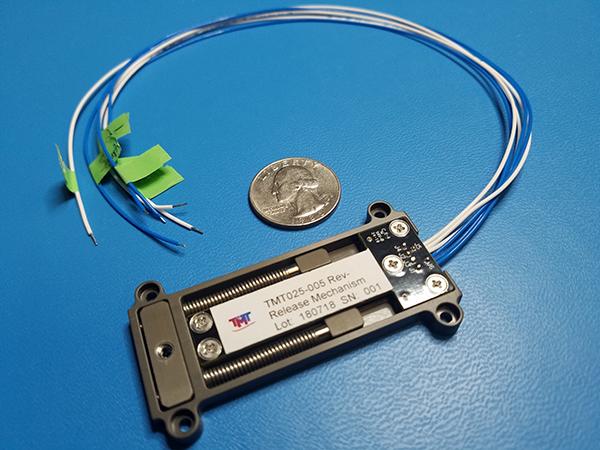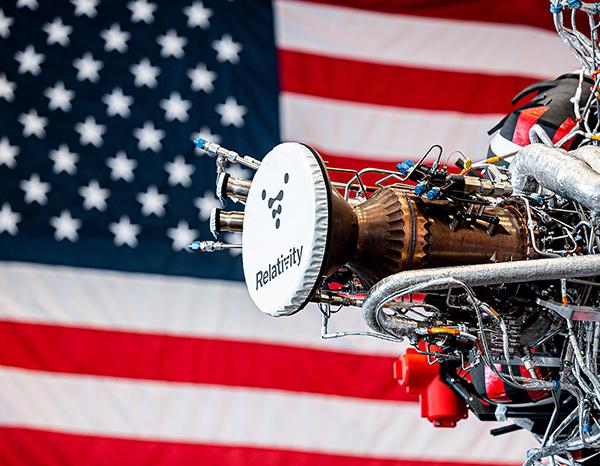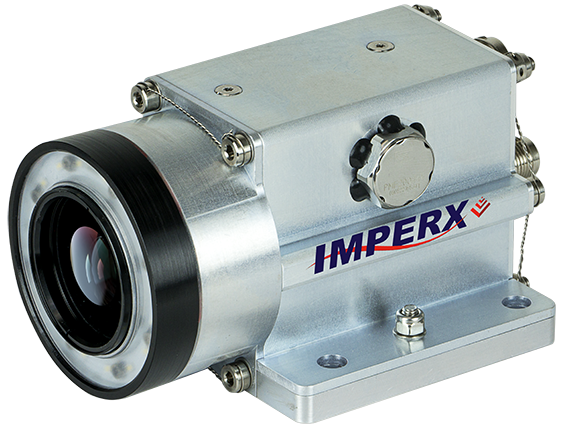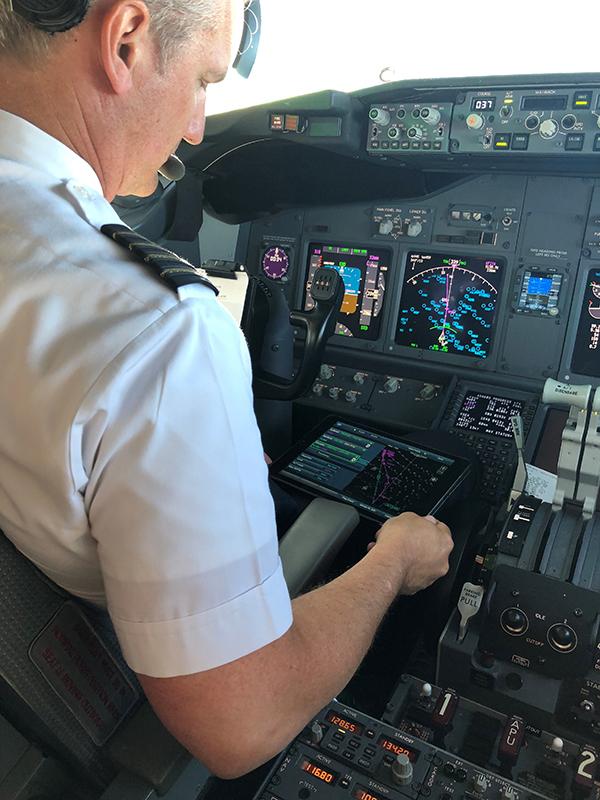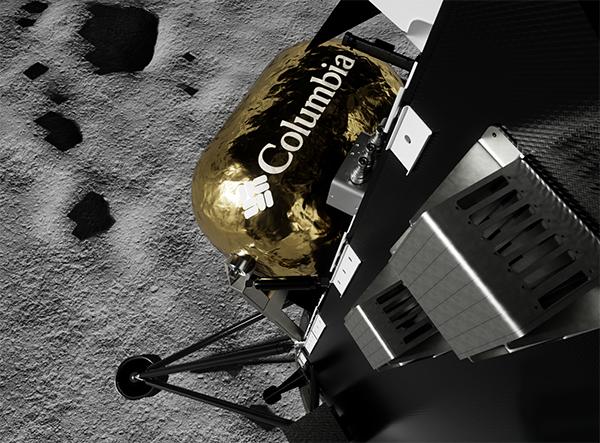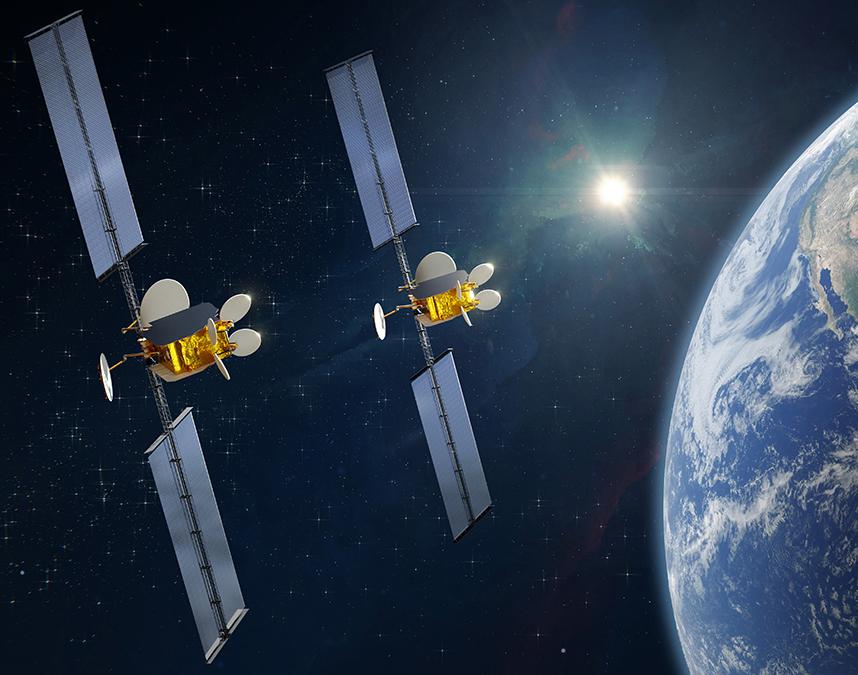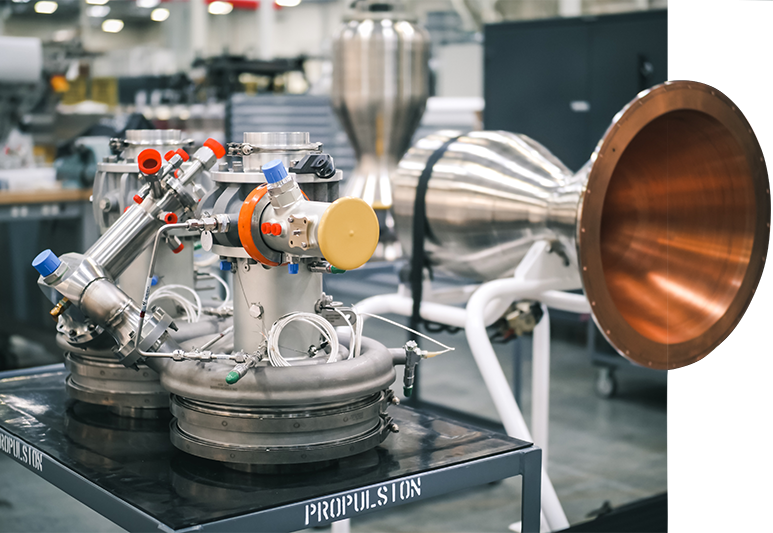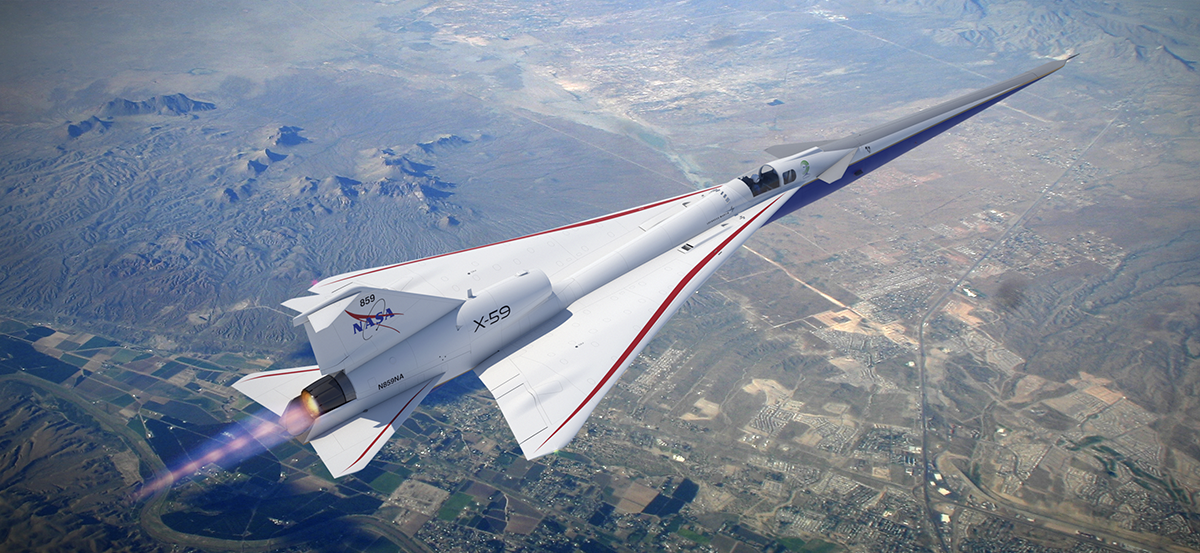
Artificial Eyes Give Pilots a New Worldview
Subheadline
External vision system for supersonic test plane raises standard for flight camera video quality
Surpassing the speed of sound is noisy. The sonic boom it generates is so loud that supersonic flight over land is prohibited. NASA’s X-59 Quiet SuperSonic Technology experimental plane is designed to reduce that boom to a mere thump, but doing so required a streamlined body that eliminated the plane’s windshield. Now a technology developed to provide the X-59 pilot with a forward-facing view nearly replicates the acuity of human eyesight for other fast-moving aircraft and spacecraft.
WOLF Advanced Technology USA Inc. in Cleveland was one of the companies NASA contracted to help build the eXternal Vision System (XVS). The project required a new video-processing technology that the company has now added to its product line. This FGX2 hardware is included in many WOLF products, said Greg Maynard, chief technology officer.
The company already supplied aerospace video capture and display flight hardware, but there was no flight-certified system that had the high definition necessary to supplant an actual windshield. So NASA developed a hybrid system that leveraged WOLF’s expertise.
The XVS includes an ultra-high-definition (UHD) camera incorporating commercial, off-the-shelf hardware on top of the X-plane and a standard, flight-certified camera system on the underside. The top camera provides visual quality approaching human sight, with the standard camera underneath acting as a failsafe. But the company needed a new technology to process both data streams simultaneously.
“For the X-59, we had to meet certain specific power, space, and heat-load requirements, and we had to survive at 65,000 feet, 130ºF, and minus 0ºF,” said Steve Williams, XVS software lead with NASA’s Langley Research Center in Hampton, Virginia. “It was something that had never been done before in certified flight hardware and software.”
Under those harsh conditions, the video cards must continuously fuse the different video feeds into the nearly real-time video display in the cockpit.
Just presenting the camera image wouldn’t be good enough, said Williams. The human eye is more sensitive than any camera, so the vision system replacing it required “a lot of image processing” that had to happen quickly enough that it appeared as a continuous image, “just like you’re looking out the window,” he said.
The new hardware and software WOLF created for the XVS meets demanding image processing and display requirements, Maynard said. Supersonic commercial flight won’t be possible until new aviation rules lift the overland ban, but commercial space companies can now use the WOLF technologies in their vehicles to meet rising demand for UHD resolution. Maynard credits NASA with being ahead of the industry, giving the company a chance to develop the technology early.
Flight-tested by NASA, the hardware now supports other camera systems on aircraft and spacecraft experiencing punishing temperature and altitudes. The high data rate, high-density video capture from multiple cameras can be used for machine vision, synthetic vision, or video processing applications.
“People really want to know the work they’re doing is important, and the projects NASA executes are meant to try to improve the world in some way,” said Maynard. “It’s nice to be able to contribute to something like that.”
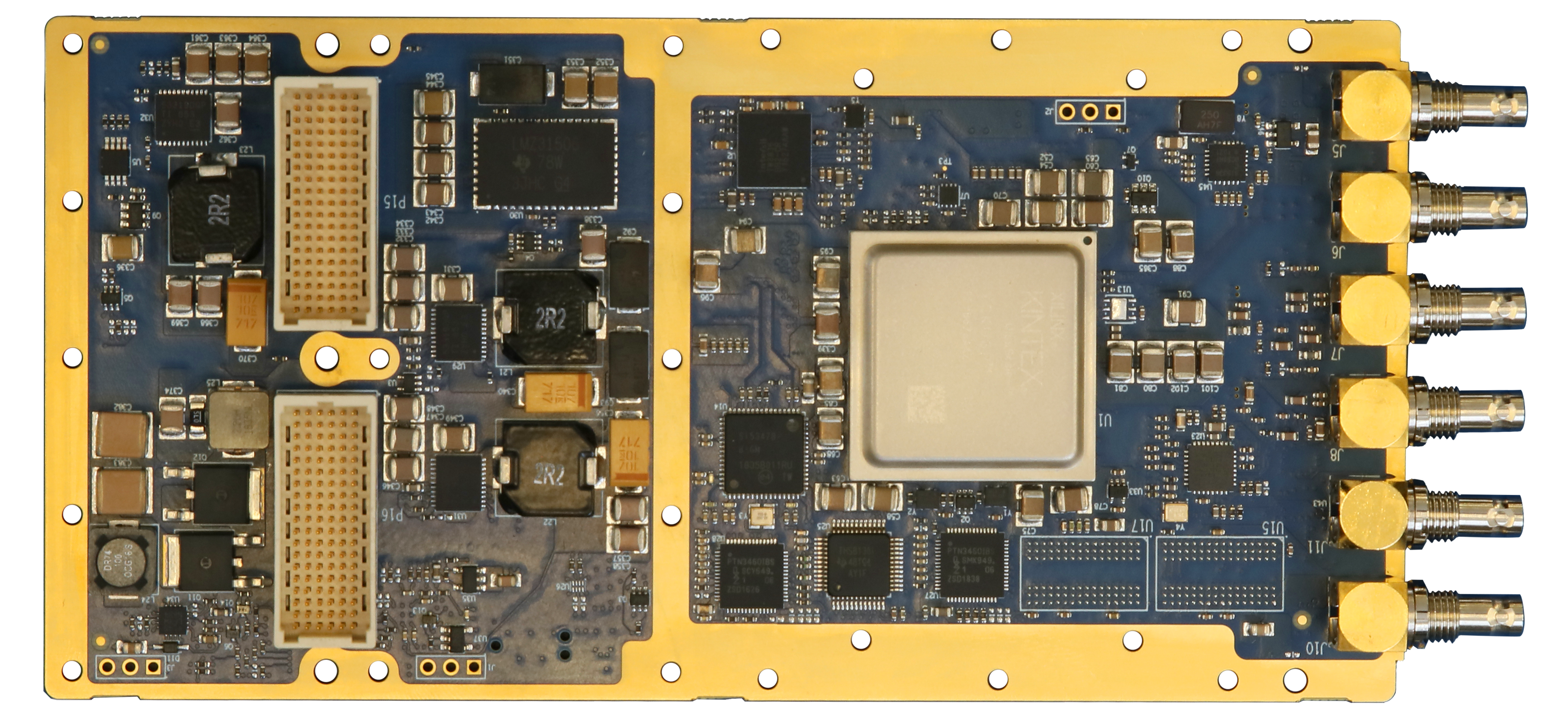
A new video card developed by WOLF Advanced Technology to combines high-definition video with other video feeds in order to present a near real-time view for a pilot to use to fly a plane. Credit: WOLF Advanced Technology USA Inc.

When a plane reaches the speed of sound, it creates a sonic boom so loud that commercial supersonic flight is banned over land. NASA redesigned the traditional airplane shape to reduce the boom to a “thump,” relying on video cameras to replace the front windshield. Credit: Lockheed Martin Corp.







